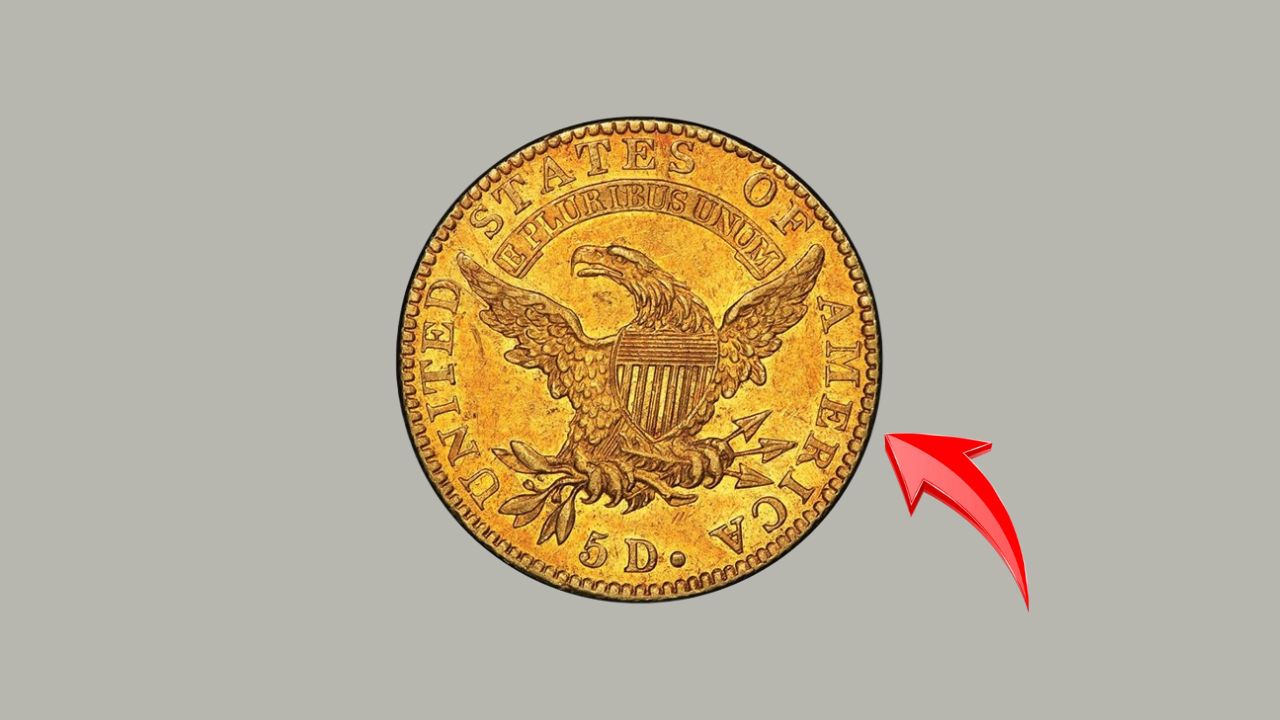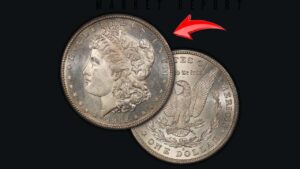The United States Mint has a storied history of producing coins from precious metals such as silver, gold, and copper. From the early days of hand-powered equipment to today’s high-speed automation, the evolution of coin minting reflects both technological progress and the nation’s economic development. One of the most fascinating chapters in U.S. numismatic history centers on rare coins like the 1927-D Saint-Gaudens Double Eagle, a coin with an extraordinary story and a seven-figure value.
From Screw Press to Automation: The History of U.S. Coin Minting
Coin production in America began in 1792 at the Philadelphia Mint using the screw press, a slow and labor-intensive device. Metals were heated, rolled into sheets, and then cut into planchets (blanks). The screw press then imprinted designs onto these blanks using hand-operated dies.
Notable coins from this era include:
- Copper cents
- Silver half dismes
- Silver dismes
By the 1830s, the steam-powered press had replaced the screw press. This system used a toggle joint mechanism and collars to hold the planchets, allowing for faster, more precise production. Iconic coins such as the Seated Liberty Dimes, Quarters, and Half Dollars were manufactured this way.
With the advent of electricity, coin production soared. Today, the U.S. Mint produces up to 74 million coins every 24 hours, using high-tech systems that ensure consistency in design, weight, and purity.
Spotlight on the 1927-D Saint-Gaudens Double Eagle
Among the rarest and most valuable coins ever minted in the U.S., the 1927-D Saint-Gaudens Double Eagle ($20 gold coin) is a true numismatic treasure. Known as “the darling of the market,” this coin’s rarity and historical significance make it a favorite among elite collectors.
Why It’s So Rare
- Only a small number of these coins survived the 1933 gold recall, when most gold coins were melted down.
- At the time, $20 was a hefty sum—especially during the Great Depression—so few people bought these coins even when available at face value.
- Most of the 1927-D coins were never circulated and ended up being destroyed.
Surviving Examples and Grading
A very limited number of 1927-D coins exist today. According to grading agencies such as Numismatic Guaranty Corporation (NGC), the known examples include:
- 1 coin graded MS-67
- 2 coins graded MS-66
- Several more graded MS-65 and MS-64
- Only a few below MS-63, which fetch significantly less than $1 million
The coin’s value increases exponentially with its grade. A 1927-D graded MS-66 or higher can easily surpass the $1 million mark, while lower-grade versions still command hundreds of thousands.
A Closer Look at the Coin’s Design
The obverse of the 1927-D Double Eagle features a striking image of Lady Liberty:
- Holding a torch in her right hand and an olive branch in her left
- Draped in a flowing gown with wind-swept hair
- U.S. Capitol building visible near her feet
- Surrounded by 46 (later 48) stars forming a near-complete circle
The design, created by sculptor Augustus Saint-Gaudens, is often hailed as one of the most beautiful coin designs in American history.
Investment and Collectible Value
What makes the 1927-D so compelling for collectors and investors?
- Scarcity: Fewer than 20 known to exist
- Historical context: Tied to the Great Depression and the end of gold circulation
- Artistry: Part of the revered Saint-Gaudens series
- Performance: Rare coins like these often outperform traditional investments during times of inflation or economic uncertainty
Among the three most desirable coins in the Saint-Gaudens Double Eagle series—the 1933 Double Eagle, the Ultra High Relief 1907, and the 1927-D—the latter is arguably the most “accessible” million-dollar coin, though still exceptionally rare.
The U.S. coin minting process has transformed dramatically over the past two centuries, but its legacy lives on in both everyday change and ultra-rare collectibles like the 1927-D Saint-Gaudens Double Eagle. With a rich backstory, unmatched artistry, and incredible scarcity, this coin continues to captivate collectors and historians alike. Its enduring value is not just in gold but in the story it tells.
FAQs
Why is the 1927-D Double Eagle so rare?
Most of these coins were melted during the 1933 gold recall. Very few were sold or saved, making them incredibly scarce today.
How much is a 1927-D Double Eagle worth?
Depending on condition, it can be worth $500,000 to over $2 million. Coins graded MS-66 or higher are especially valuable.
Can I still buy Saint-Gaudens coins today?
Yes, but most are from more common years. Expect to pay more for rare dates like the 1927-D or 1933.




